Overview
The contributions you and your employer make into your 401(k) account are invested in the options provided with the 401(k) plan. You can see these investment options on the website of the recordkeeper for your plan or in your quarterly statement. The most common investments available in 401(k) plans are mutual funds, which is the focus of this explanation.
Mutual Funds
A mutual fund is a professionally managed investment vehicle where individual investors’ money is pooled and invested in a portfolio of securities, most notably stocks and bonds. Mutual funds are required to follow the investment strategy detailed in their prospectus and are regulated by the U.S. Securities and Exchange Commission. An individual investor buys a unit of the total portfolio and the value of those units is determined by the total market value of the assets (the stocks and bonds) divided by the number of units outstanding. In essence, you are buying into a pre-selected package of stocks and bonds that is managed by a professional portfolio manager. One of the hallmark features of mutual funds is that they allow individuals to easily hold a diverse portfolio of stocks and bonds (within a mutual fund), rather than purchasing individual stocks and bonds.
Asset Classes
There are three main types of mutual funds. The Asset Classes are determined based on the types of investments they hold: stocks (also known as equity), bonds (also known as fixed income), and asset allocation funds.
Stocks – Stocks represent ownership, or equity, in a company. Investors in stocks make money by the appreciation of the stock they own and by dividends paid by those stocks, which is tied to the profitability to the company that issues the stock.
Bonds – Bonds are a commitment on the part of an issuer (government or corporation), to pay a rate of interest to the holders of the bonds over a certain time period. The price of a bond will fluctuate depending on how close the bond is to the end of the term (its maturity) and how its coupon compares with the current level of interest rates.
Asset Allocation Funds – These are mutual funds that invest in a combination of stocks and bonds, usually to achieve certain investment objectives. A conservative asset allocation fund has mostly bond investments while an aggressive asset allocation fund has mostly stock investments. A moderate (or balanced) asset allocation fund has approximately equal amounts of stocks and bonds.
Investment Strategies
There are two broad investment strategies:
Passive Management. This is also known as indexing or indexation. An index fund simply mimics the percentage of assets contained in a theoretical mix of stocks or bonds defined by its benchmark. The two most common benchmarks are:
-
S&P 500 Stock Index, made up of the 500 largest companies listed on the New York Stock Exchange, and the
-
BarCap US Aggregate Bond Index, made up of the total outstanding US Government and corporate bonds.
Active Management. This is where a money manager follows a variety of investment strategies in various market sectors. The two main strategies for investing are:
-
Growth investing, which focuses on earnings growth of primarily younger companies or new industries
-
Value investing, which focuses on stock prices of more established companies, that often pay dividends, but whose current stock price is undervalued in the market.
Which Is Best?
Which asset classes and investment strategies are right for your 401(k) account depends on many factors, including your appetite for risk and your proximity to retirement. Please see our article on Target Date Funds for one additional type of mutual fund that seeks to manage these different investment options according to your anticipated retirement age.
The information contained herein is not intended as financial, legal or tax advice, and may not be suitable as required by specific circumstances. Please consult your financial planner, attorney and/or tax adviser as needed.


